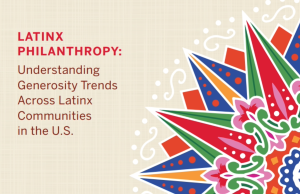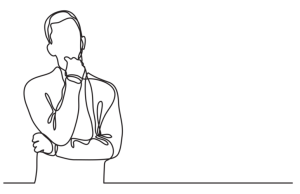Data is important but fundraisers can’t forget that those datapoints represent people, your supporters. You need to decide if that data is “Fool’s Gold” or 24 Carat. That means reviewing the data.
Working the data mine seeking bullion requires developing a portfolio balance, doing your homework with prospect research, and working smarter to avoid paralysis by analysis.
“Digging for Gems: Using portfolio reviews and research to get to the YES!,” was presented by Julie Naranjo Upham, CFRE , vice president, individual giving at Conservation International and Taylor McMillan, vice president, individual and foundation giving at the National MS Society, during the 2023 AFPICON international fundraising conference in New Orleans sponsored by the Association of Fundraising Professionals.
Some fundraisers have enormous and well-staffed research teams to provide them with a list of donors to ask and when. Fundraisers need that right balance within their donor portfolios of suspects, prospects, and current donors and to know how to use the tools that you do have available to find donors with the greatest potential for giving, according to Upham. “Where a Major Gift portfolio should have a Top 10 (and next 20), a larger midlevel or annual giving portfolio should have prioritized segments on likelihood and timing of gifts,” said Upham.
Upham and McMillan “believe in the discipline of regular portfolio reviews to move donors with potential up and donors who don’t, out of portfolios.”
A question you must answer is what your role been in the research and evaluating process. Here’s a reflection. Think of one suspect (or prospect) and what additional information do you need about them to know if they are qualified.
The next thing to consider is who you involve in your portfolio reviews. And with reflection, what is one new thing that you’ll try in your next portfolio review.
What indicators have you found to be especially indicative at your organization? And, then, what one area will you focus on first?
Whatever the process, remember these four vital elements:
- Understanding donor motives
- Listening to the donor
- Value of research experts
- Get out of the data and out with people
Both Upham and McMillan have managed growing individual giving teams across the country (and expanding internationally). “A common trend that we see is fundraisers wanting to have an absolutely perfect picture of their donor before they make an ask,” said Upham. “While it’s important to be well-equipped with the right information, but the most important part is actually talking to your donors. You can slice and dice all day long, but ultimately you need to get that gift.”











